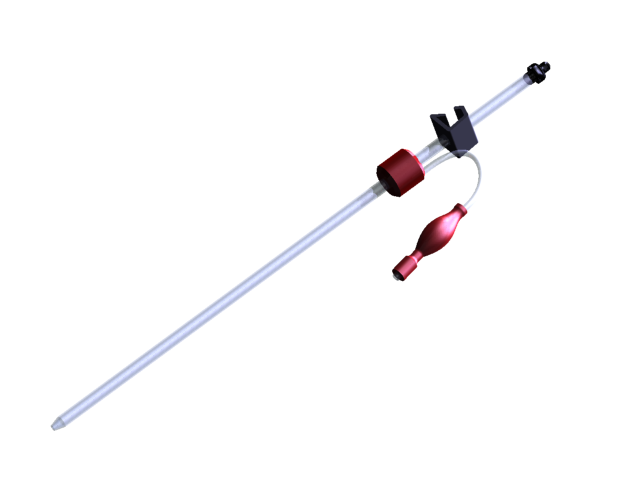There is nothing quite like supplying a catheter that comes apart during use to focus a manufacturer’s attention on quality, but supplying one that doesn’t work after it’s in place comes in a close second. Both of those defects typically are caused by the failure of a crimping process used in catheter manufacturing, a process that should be simple but turns out to be anything but.
The crimp attaches a small diameter metal tube to a larger tube that’s attached to the flexible portion of the catheter. If it isn’t perfect the crimp will either come apart when it’s pulled on or it will close off the tube completely rendering the catheter useless. It sounds easy, but consistently crimping a tiny metal tube to one that’s only slightly larger proved to be a monumental challenge for catheter manufacturers.

The traditional process uses a hydraulic press to produce the crimp, but controlling the amount of force generated precisely enough to ensure consistent quality simply isn’t possible with that technology. Even adding a load cell to the system so the press can be retracted whenever a certain amount of force is generated doesn’t guarantee a consistent crimp. That approach doesn’t take into account the unavoidable variations in tube size, hardness and springback that also impact crimp quality. What’s really required is a process that controls both the amount of force being applied and the exact position of the crimping tool–simultaneously. Once the parameters of a good crimp are known subsequent operations can be controlled to duplicate the force/position “signature” and essentially clone the successful operation.
Differential Monitoring
The technology employed is called differential monitoring and it’s based on the concept that every assembly operation has a signature in terms of the forces and motions required to produce the final product. By monitoring the signature during an assembly operation that produces a good part and then teaching a computer control system to recognize that signature, it is possible to construct a system that produces only parts matching the performance profile of the good part that generated the signature.
Any part that does not match the signature simply is rejected. It doesn’t matter if the difference is caused by tolerance stack-ups, variations in hardness or surface finishes, manufacturing imperfections, or anything else. Any variation in any aspect of the operation will produce a differential during assembly, and the differential monitoring system will detect it.
Of course, no two components or assemblies are ever identical, so in practice the differential monitoring system is instructed to accept values that fall between a high and a low limit. The exact range is determined by the user, based on the criteria they consider to be important to the performance of the assemblies. Nevertheless, within user-defined limits it is possible to produce good assemblies while detecting and rejecting bad ones with near 100% reliability.
Catheter Manufacturing
The key to making that happen in catheter manufacturing is a press that can be controlled with sufficient precision. In practice, that requires a servo-controlled electro-mechanical press equipped with the necessary process sensors and control software. Our company’s efforts to satisfy these requirements can be seen in the Promess Servo Press (EMAP), which is designed for assembly operations requiring precise control of both force and position. Because it is electromechanical, it can be integrated with a wide variety of sensors to monitor the process and advanced software to make intelligent decisions about the operation. The servo press provides crimping force repeatable to 0.5%, and external position transducers monitor the tooling to make sure the crimp is neither too shallow nor too deep.
We’ve supplied servo press-based crimping stations to perform the catheter crimping operation: To date the result has been a 100% effort test certification for every catheter and the virtual elimination of crimp failures in the field. Considering that “the field” is normally inside a patient’s body, that’s a significant improvement indeed.
If you want to learn more about the medical device industry and how Promess can help you, click here.
